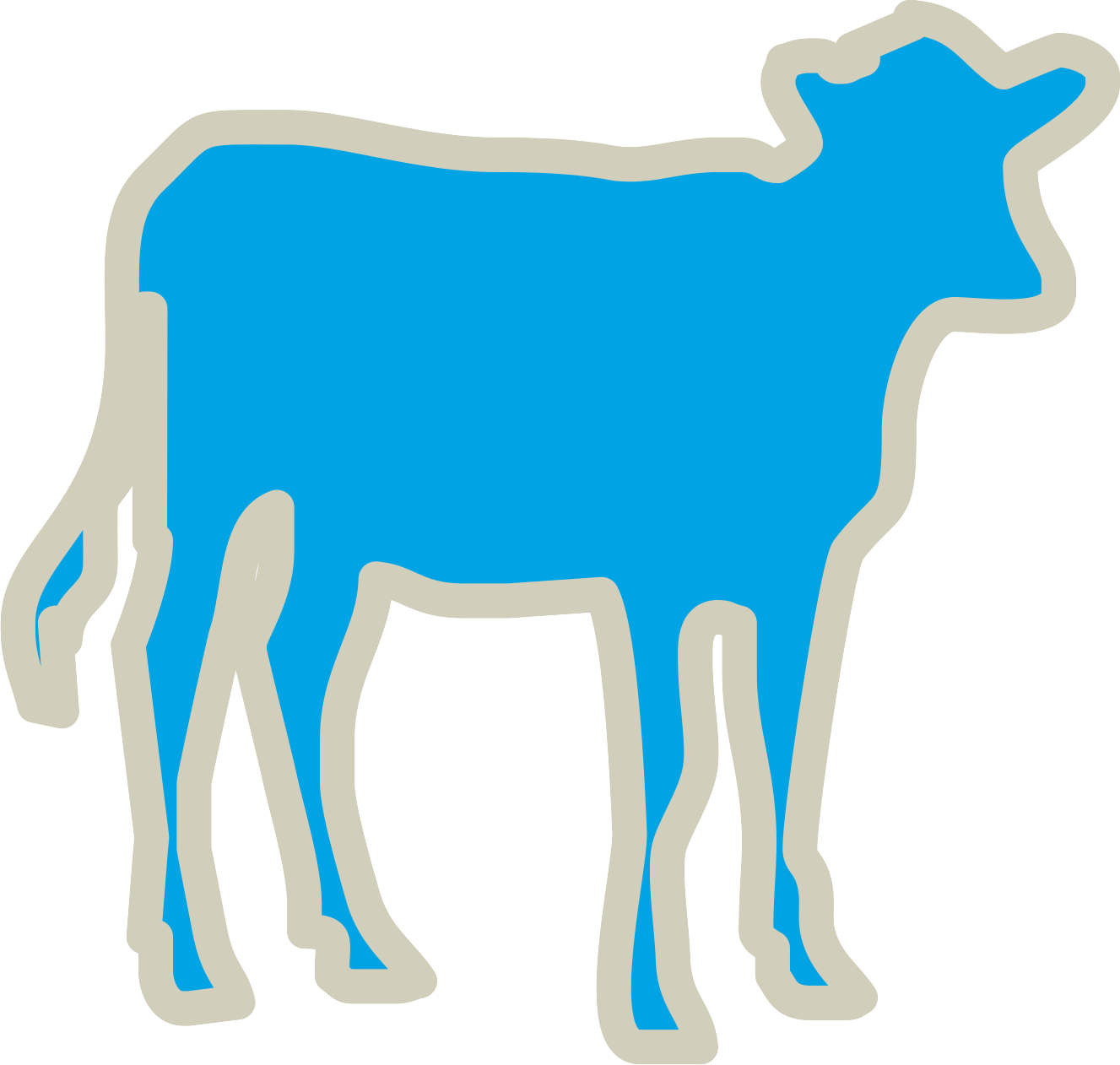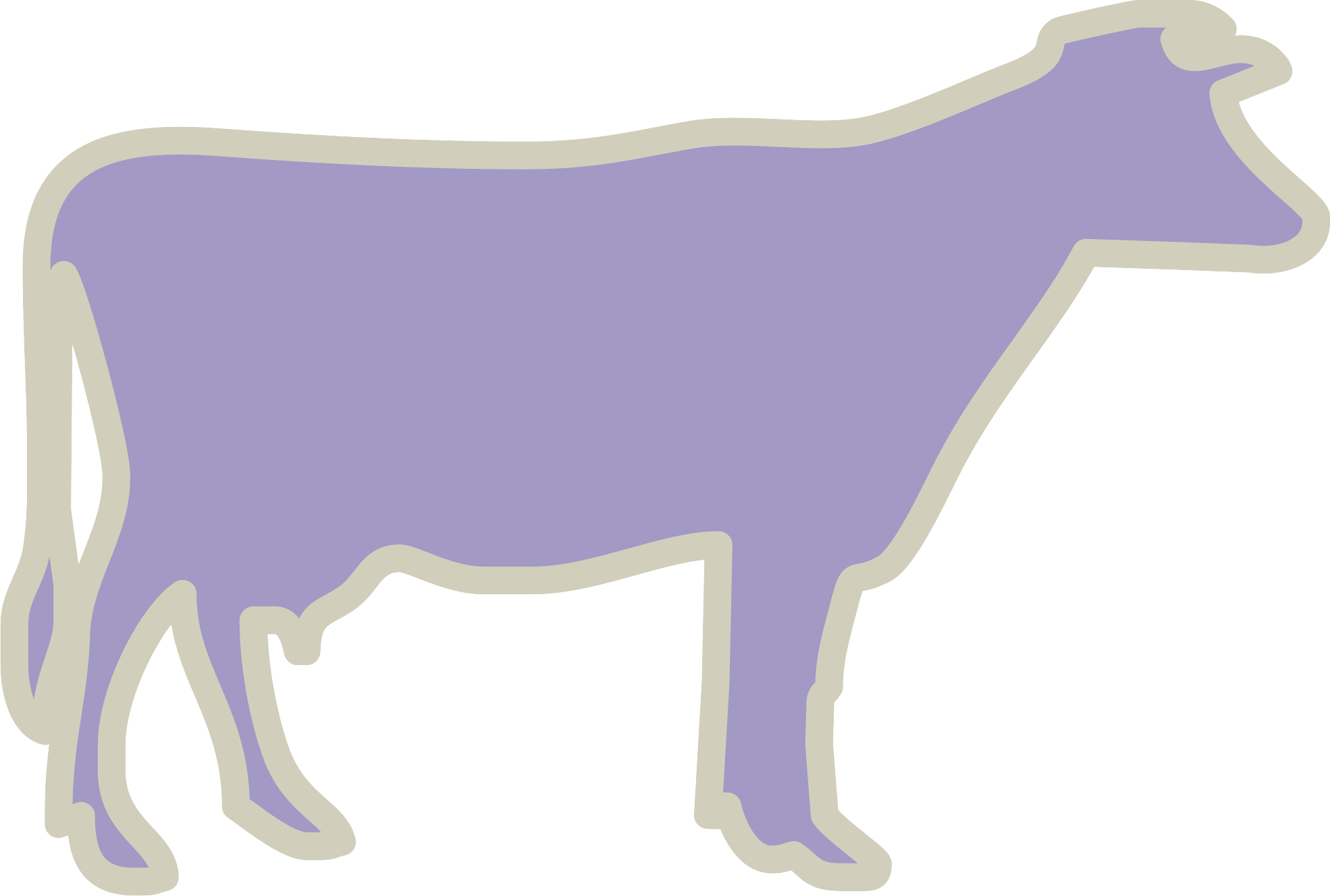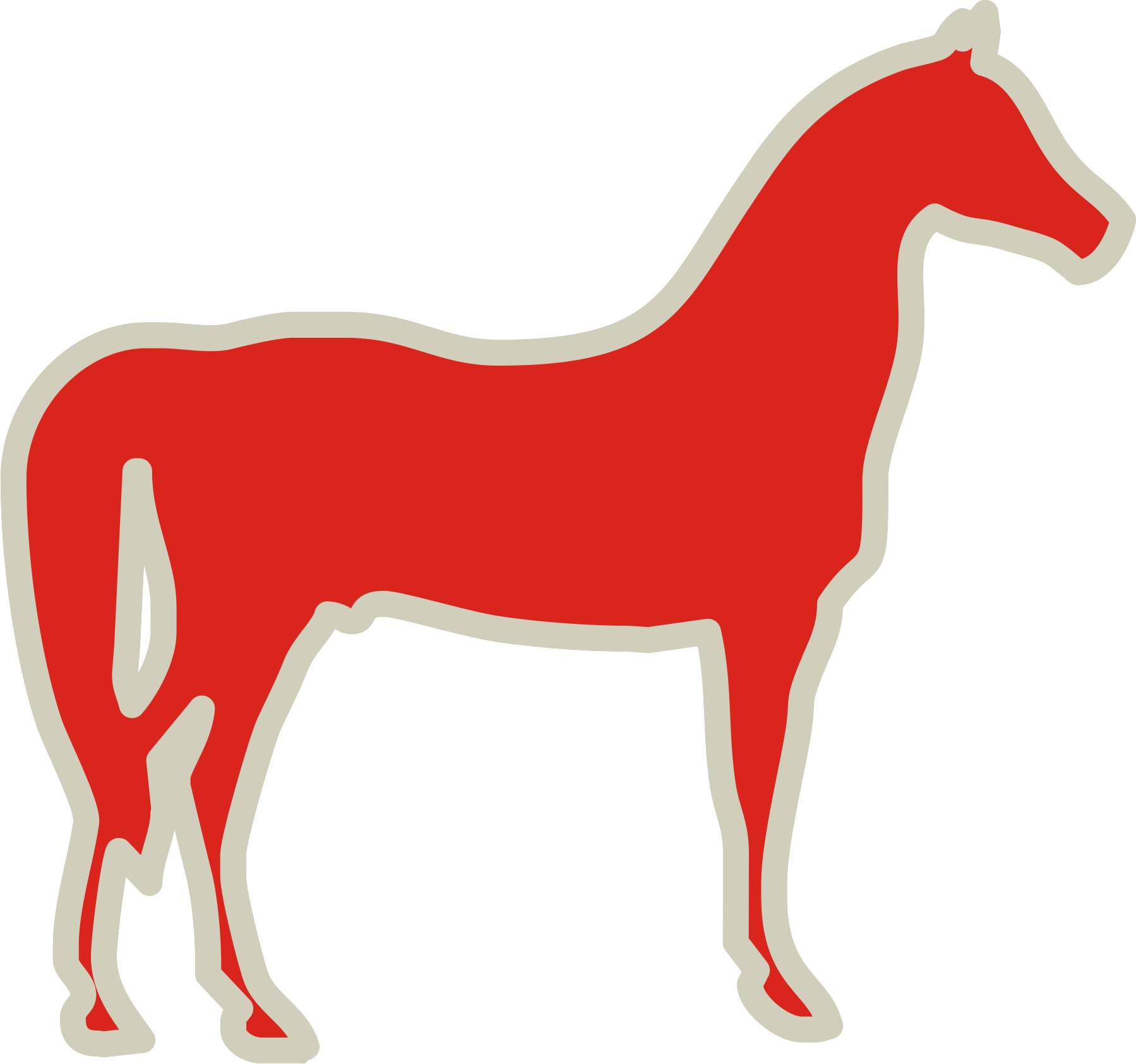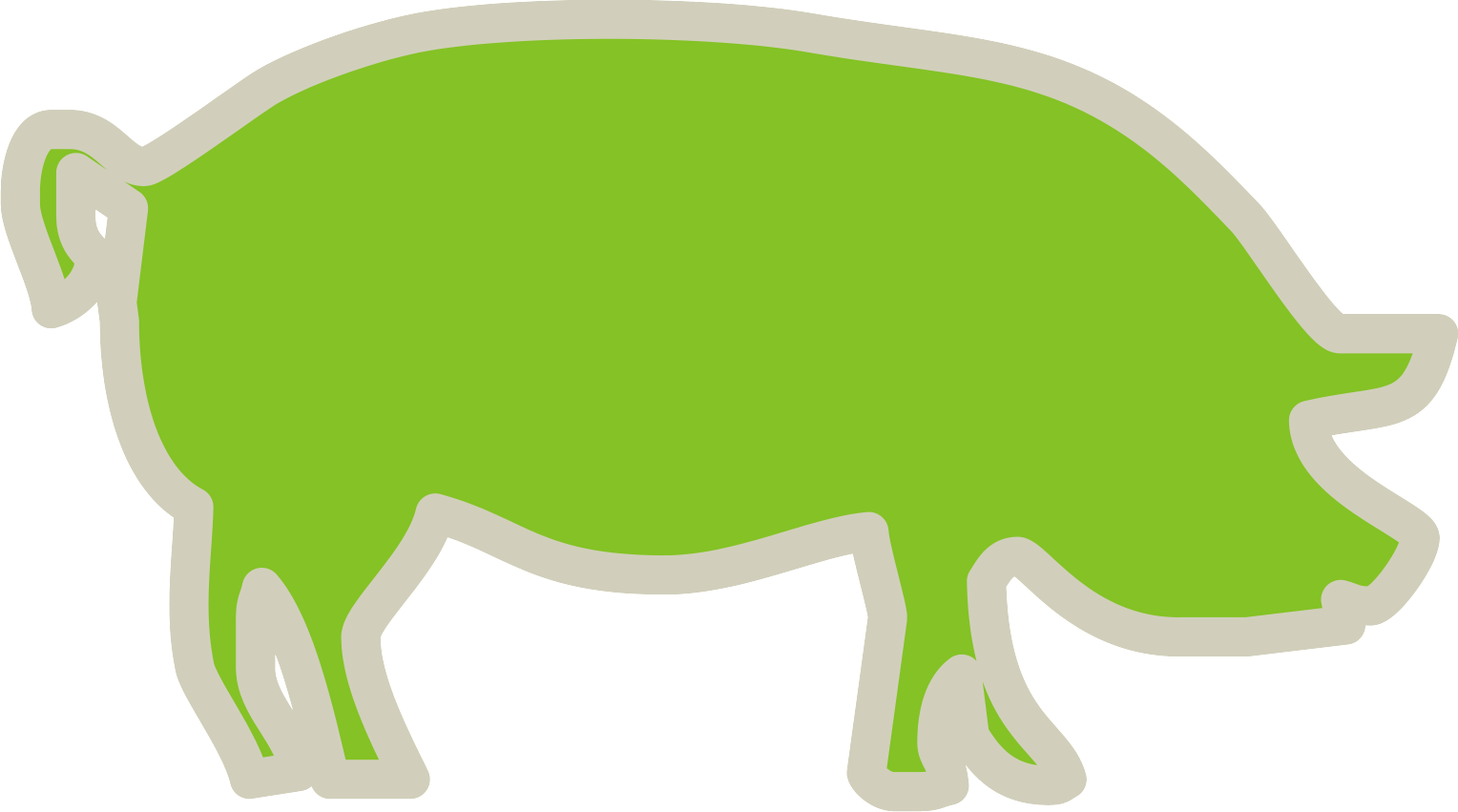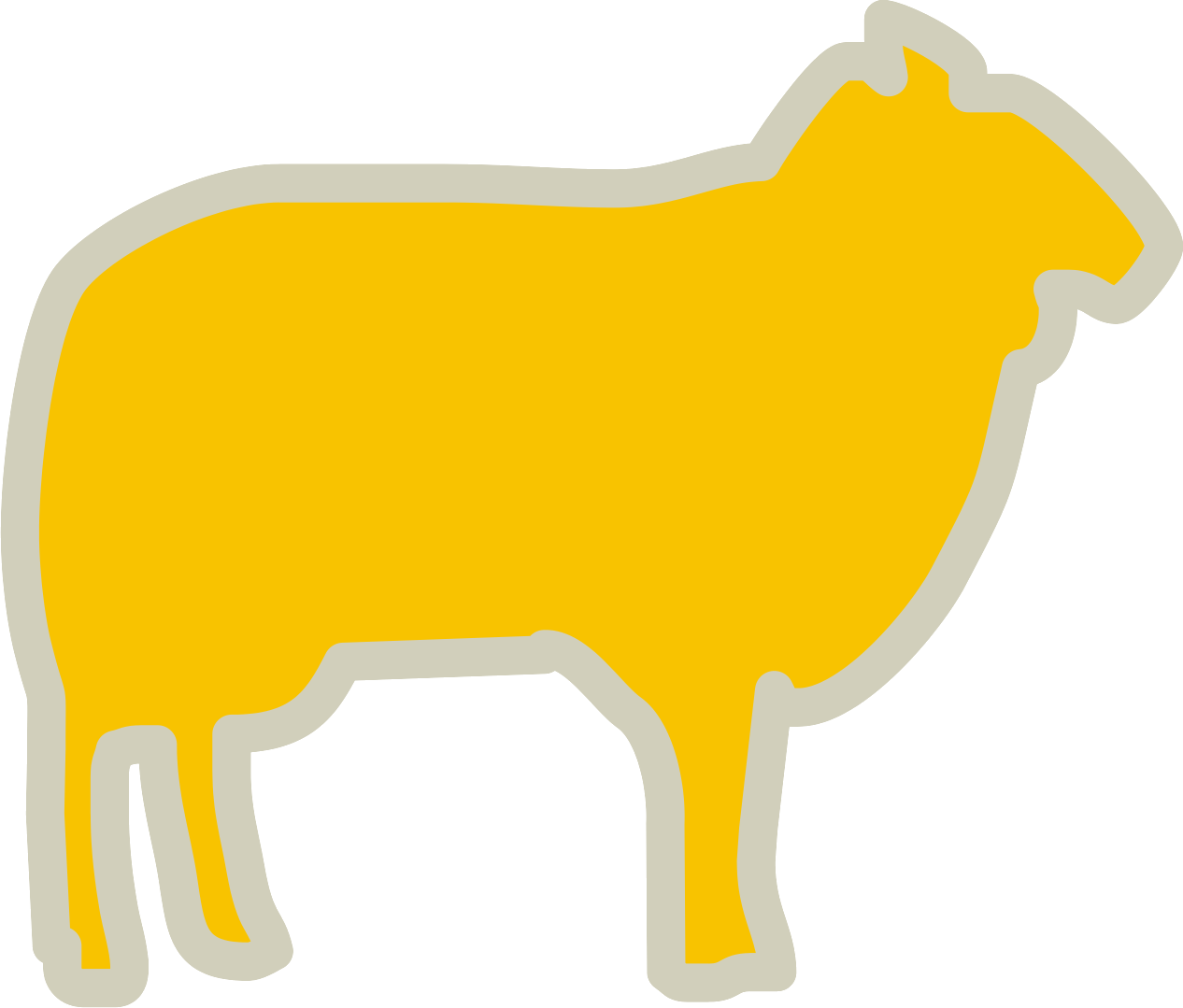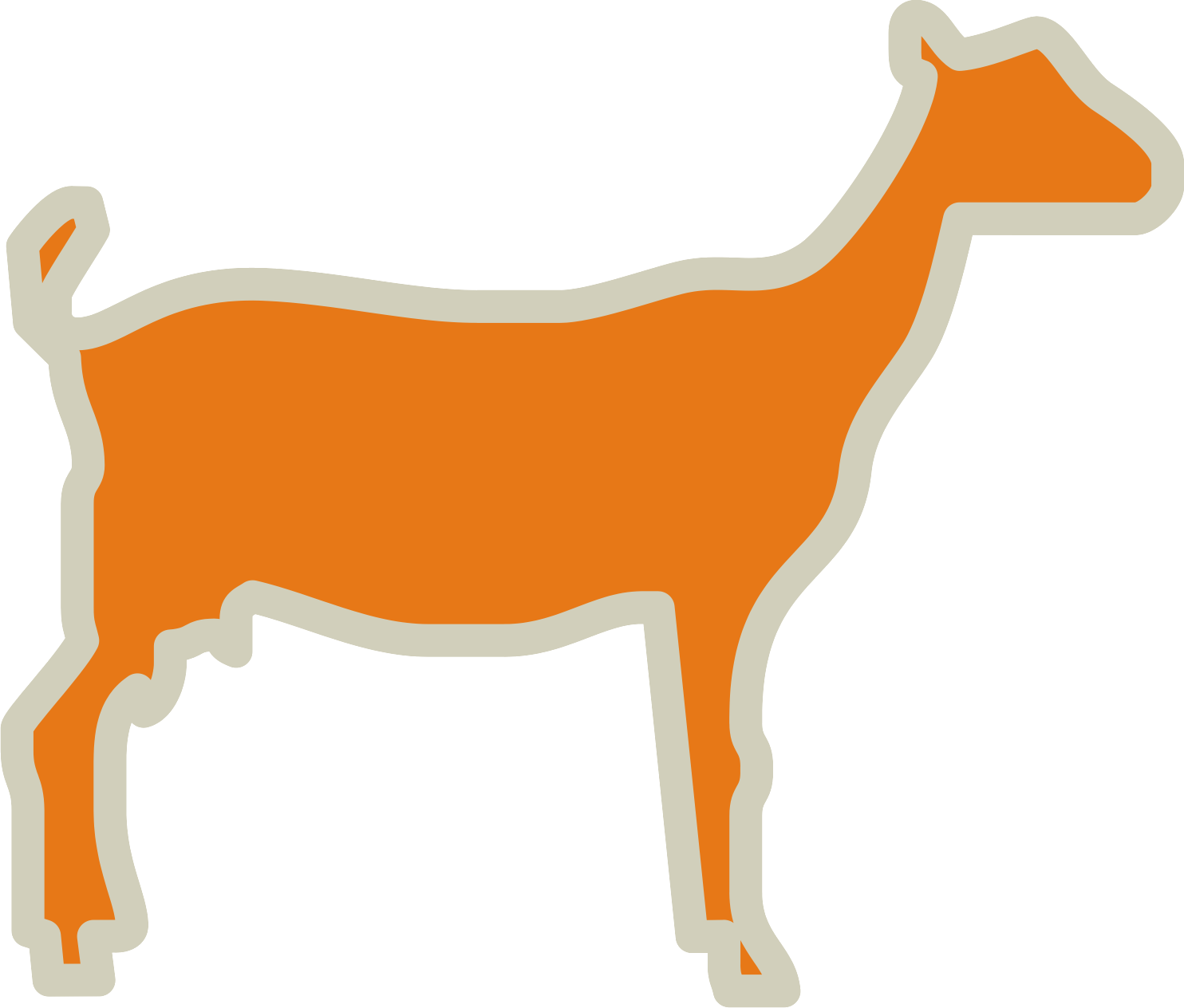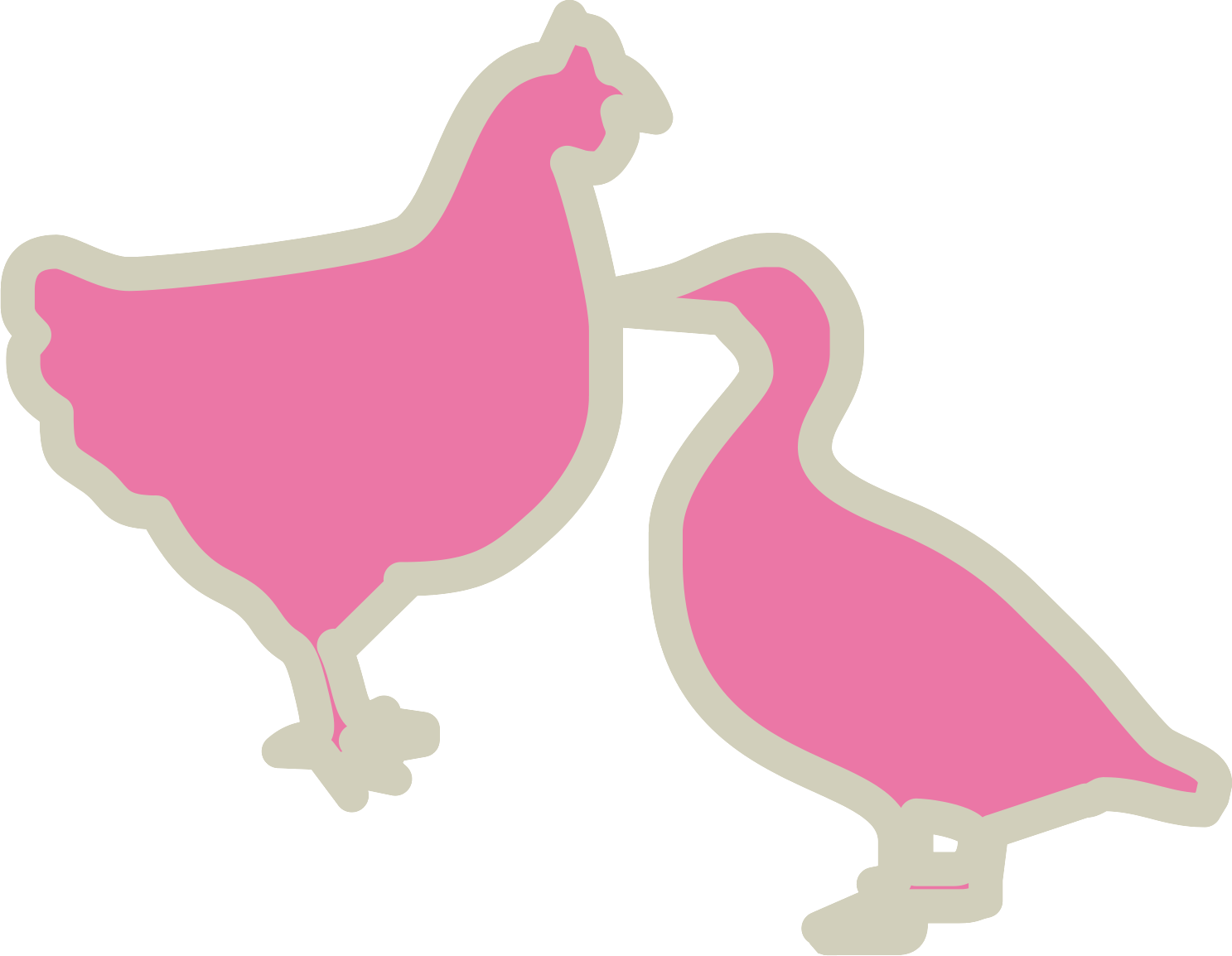Basic characteristics of equine diet
The majority of horses that are not engaged in the realization of a productive activity, such as reproduction, gestation, lactation, growth, fattening, work and sports, require only a maintenance diet. This is the condition in which the animal does not gain or lose weight through ingested food, but it allows the horse to maintain basic body metabolism, the renewal of cells and tissues of its body and body temperature. These basic needs can be met through a paddock with a good pasture or with a maintenance diet.
In the case of growing animals, pregnant or lactating mares, or those hoses that perform intense work or subjected to a sport, they have greater nutritional needs, due to their activity, and require the incorporation into the diet of one or more substances to supplement the food that at that moment does not satisfy their demands. Therefore, it should be added to the basic food (pasture or hay) another element called concentrate or supplement (e.g. alfalfa pellets) in order to transform that imperfect nutrition into something integral and balanced according to the requirements of the animal, and allowing to achieve a better physiological benefit of its potential.
Nutritional needs, in quality and quantity, are expressed through the administration of a set of basic and fundamental elements in the feeding of horses, which are: water, energy, fiber, proteins, minerals and vitamins.
The fiber (cellulose) generates a lower level of energy, but it is essential to administer it in a suitable proportion to ensure a normal transit of the intestines. The digestibility of a certain food is inversely proportional to the amount of cellulose.
The hay or bale contains a lower concentration of energy than the grains. The leaves contain two thirds of the energy, three quarters of the proteins and most of the nutrients. From the nutritional point of view, supplied hay must have to be well used: fine stems, abundance of adhering leaves, good quality and optimum harvest time, and must be free of fungi. The hay in pellets has certain advantages, among them can be mentioned the lower loss of leaves.
Advantage
- Ideal to be used alone or with mixtures with cereals or balanced foods.
- It occupies 70% less space compared to bales, which makes them cheaper and easier to handle in storage and transport.
- Lower losses and waste when supplying animals.
- 15% more digestibility, result of the processing it receives.
- 6 - 7% less humidity than in the bale.
- Allows long periods of storage while maintaining quality unchanged.
- It can be used as a food supplement of all categories.
- In foals of 6 to 12 months of age it is possible to be supplied daily between 0,5% to 1% of the live weight of the animal.
- In maintenance adult horses, mares in gestation and lactation, active horses and foals over 12 months of age, 1 to 2% of the live weight of the animal can be supplied per day.
HORSES FORMULATIONS
| RAW MATERIALS | Maintenace | Training | Breeders | Development | ||||
| Oats | - | 500 | - | - | ||||
| Whole/broken corn | 460 | - | - | - | ||||
| Dehydrated alfalfa | 500 | 500 | - | - | ||||
| Soy expeller 41 | 30 | - | - | - | ||||
| Premix equine | 10 | - | - | - | ||||
| Total in kilograms = | 1000 | - | - | - | ||||
| NUTRITIONAL VALUES | Maintenace | Training | Breeders | Development | ||||
| Gross protein (minimum) | 13% | - | - | - | ||||
| Fatty matter (minimum) | 3% | - | - | - | ||||
| Metabolizable Energy | 2600 kcal | - | - | - | ||||
| Total gross fiber | 13.5% | - | - | - | ||||
| Total calcium (average) | 0.9% | - | - | - | ||||
| Total phosphorus (average) | 0.3% | - | - | - | ||||
| Total ash | 7% | - | - | - | ||||
| Total digestive nutrients | 80% | - | - | - | ||||

